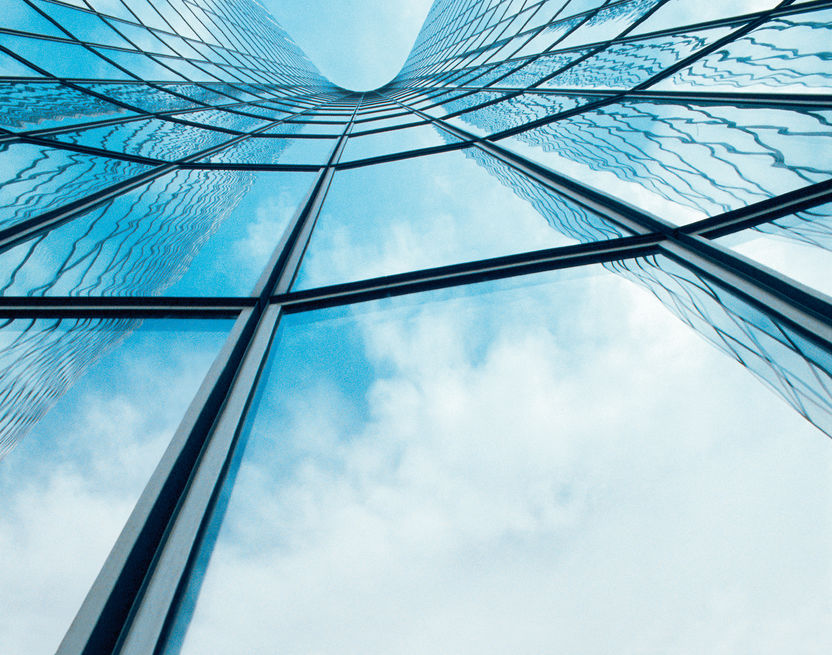
Light and economy

Out of the overall energy consumption in our society, artificial lighting, e.g. in Germany accounts for less than 10%. In administrative buildings, however, lighting can consume up to 40% of all energy costs. Energy-conscious lighting as a topic touches on ecology, e.g. the sparing use of diminishing energy resources, but also on economy.
Following the energy crises of the 1970s, an unstoppable innovation process towards the aim of improving the use of energy for lighting set in. Photometrically and energetically more effective light sources and matching control gear, increased efficiency in luminaires and computer-based lighting management have reduced energy demand as well as costs while significantly increasing lighting quality.
The attribution of quantitative requirements for lighting to certain activities (see EN 12464-1) also factors in economic aspects. Interestingly the lighting conditions and availability for work at lathes, presses and punches, meant a mere 75 lx was the norm in 1935, which had to be generated using incandescent lamps. In 1972, it was possible to increase this value to 200 lx due to a luminous efficacy in fluorescent lamps which had more than quadrupled, and since the first edition of EN 12464-1 in 2003, the requirement for this visual task has been 500 lx, which can be generated with state-of-the-art lighting systems. In the course of the revision of the European standard, further quality criteria have been established since 2011, e.g. improved colour rendering for many industrial work places (see also chapter ). Elevated lighting levels and improved light quality lead to higher overall costs, which, however, can be more than balanced by increased productivity and reduced accident rates, particularly for minor accidents. Societal requirements in terms of occupational health and safety in general and physical integrity in particular have also significantly developed over this period of time.
Hence, the following applies: For all energy and cost considerations – e.g. in new constructions or redevelopments – the criteria for good lighting (see chapter section "Basic requirements for lighting") are a top priority. This principle is standardised in EN 12464-1 with the following sentences: "A lighting installation should meet the lighting requirements of a particular space without waste of energy. However, it is important not to compromise the visual aspects of a lighting installation simply to reduce energy consumption."
The balance of lighting quality and the one-time or ongoing expenses required to obtain it constitute the essential value of qualified lighting design. The investment costs for lighting make up only 1-2% of the costs for creating an office workstation, which, corresponding to the lighting, is equipped with up-to-date design elements to support motivation and productivity.
Comparing the economic efficiency of installations is only realistic if the installations are equivalent in terms of quality, service life, secured spare parts supply, luminaire maintenance advantages and particularly adherence to lighting quality characteristics. A sole comparison of installation costs (initial costs for luminaires and initial lamp equipment) often yields an unrealistic image. Yearly costs for financing and energy as well as lamp replacement, maintenance and cleaning of the installation are just as important for factual decision-making.